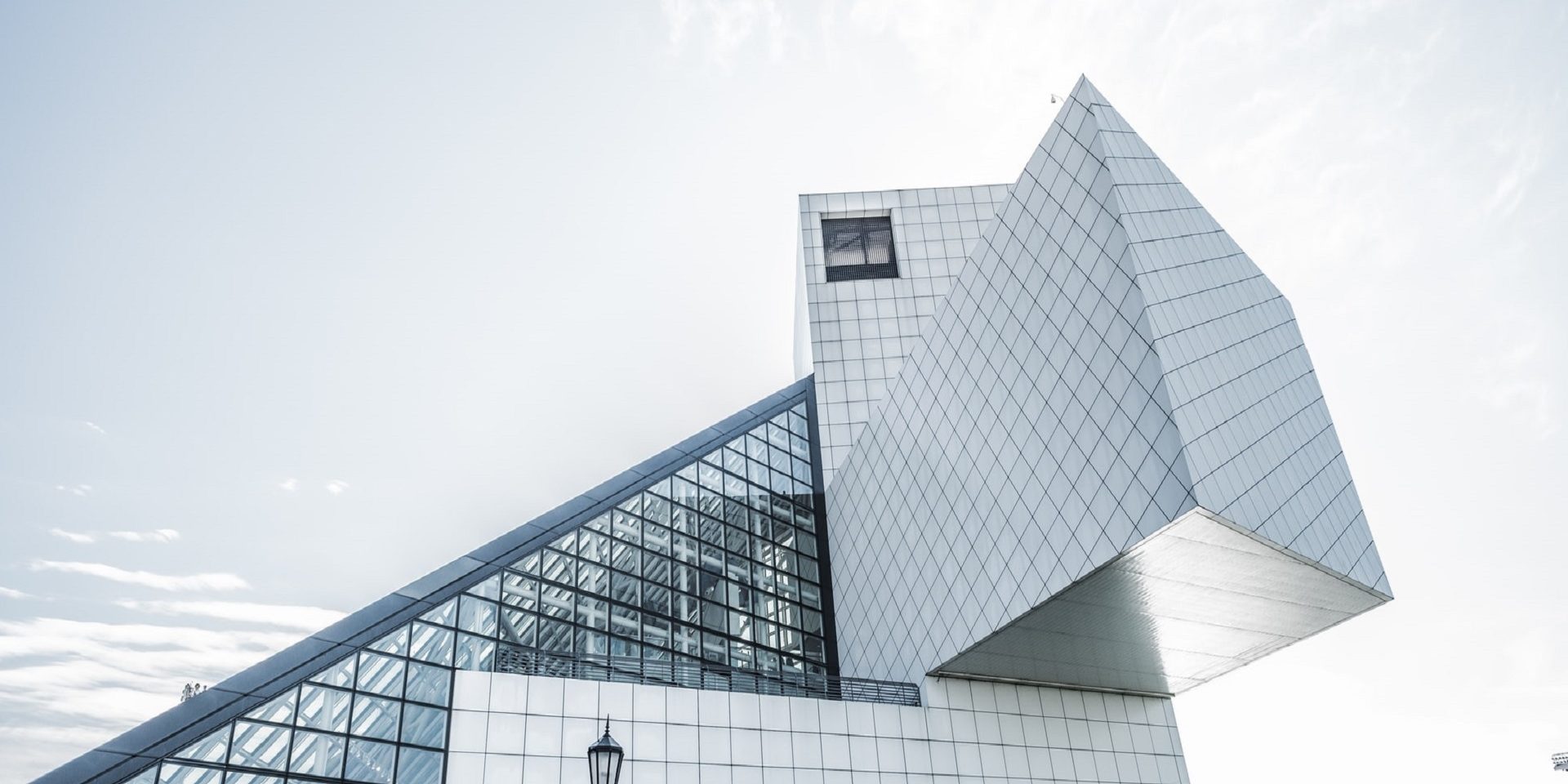According to some studies we spend 90% of our time in built spaces, this data supports the importance of creating spaces that are healthy and generate well-being.
The discipline that studies and applies this type of concepts is Neuroarchitecture, perhaps you have never heard this word, however, surely without realizing it you have noticed its effects.
Neuroarchitecture could be defined as the built environment that has been specially designed and based on principles derived from Neuroscience to favor memory, improve cognitive abilities and stimulate the mind.
It is a proven fact that the design of work areas directly influences our state of mind, as well as our social and professional skills, whether they are creativity, productivity or the capacity for innovation, among many others.
Companies are increasingly aware that the design of their headquarters, as well as the buildings in which they are housed, play a very important role in the productivity of their workers.
Neuroarchitecture could be put into practice in different ways. First of all, it is very important to take into account the lighting of the spaces, as it will have a direct effect on the mood of our workers.
Textures and colors, as well as their shades, can affect our brain in a positive or negative way. For this reason it is essential to study what materials are going to be used according to the objective we want to achieve.
The proposal made by Studio O+A from San Francisco for the company Slack Headquarters could be a very good example of what lights and shapes can evoke.

As for exterior design, having spaces where workers can be in contact with nature and the environment has a direct impact on their attitude when making decisions, concentration and much more.

If you want to see for yourself everything that Neuroarchitecture can do for you, call us! . The best buildings in Madrid are waiting for you.







